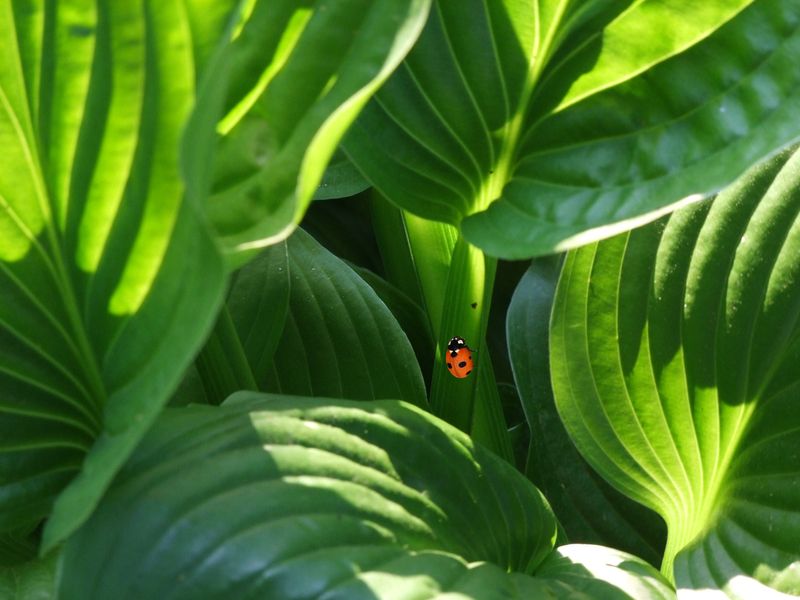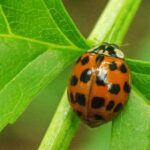Ladybirds are completely harmless, and experts advise leaving them alone if you happen to find them in your house. They are likely to “overwinter,” which means they enter a dormant state, in or around your home during winter. Then, in the spring, they will fly away to find food and mate. In addition to being harmless, ladybirds also provide a valuable service to our gardens and crops. They are known to eat plant-eating insects such as aphids, helping to protect crops and maintain the garden ecosystem.
Here are a few more quick facts about ladybirds:
1. Scientific Name: The scientific name for a ladybird is ‘Coccinellidae septempunctata.’
2. Lifespan: In the wild, ladybirds typically live for about one year, with a maximum lifespan of two years.
3. Size: Ladybirds have an average body length of up to 1cm.
4. Habitats: Ladybirds can be found in various habitats, including grasslands, forests, cities, suburbs, and along rivers.
5. Number of Species: There are approximately 5,000 different species of ladybirds in the world.
6. Physical Appearance: Most ladybirds have oval, dome-shaped bodies with six short legs. Depending on the species, they can have spots, stripes, or no markings at all.
While the increase in ladybirds around our homes may seem like a nuisance to some, it is important to recognize the valuable role they play in nature. As the cooler weather sets in and we find ourselves cozying up inside, let’s remember to coexist with these little insects and appreciate the services they provide.
It is worth noting that ladybirds are not the only insects seeking shelter in our homes during the winter months. Spiders, beetles, and other creatures may also make their way indoors. If you find yourself encountering an influx of these critters, it may be a good idea to ensure your home is properly sealed and take preventative measures to keep them at bay.
As with any interaction with nature, it is important to approach it with respect and understanding. Ladybirds may be small, but they are an integral part of our ecosystem. By allowing them to find refuge in our homes during the winter, we are contributing to the health of our environment.
In conclusion, as we spot more ladybirds around our houses this month, let’s welcome them as temporary guests rather than unwanted intruders. Let’s appreciate the beauty of these vibrant insects and the services they provide to our gardens. And let’s remember to live in harmony with the natural world around us, even within the walls of our own homes.

<< photo by Pixabay >>
The image is for illustrative purposes only and does not depict the actual situation.




